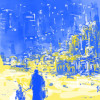

Inedéditions.
Sound Archives, European Memories of the Gulag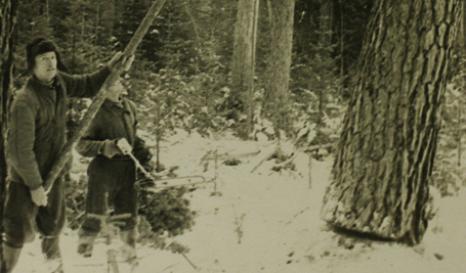
Back
Description:
- Title: The forest – forced labour and calming presence
- Author(s): Inconnu
- Date: Inconnue
- Collection:
- Source: Sound Archives - European Memories of the Gulag
- Collection conditions: Felling the forest (Photograph, Anonymous, Undated). Source: Museum of Occupations and Freedom Fights.
- Licence: Media subject to copyright.
- Localisation: Inconnue
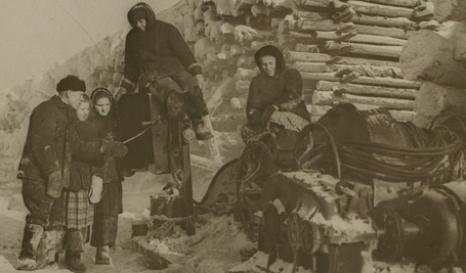
Back
Description:
- Title: The forest – forced labour and calming presence
- Author(s): Inconnu
- Date: Inconnue
- Collection:
- Source: Sound Archives - European Memories of the Gulag
- Collection conditions: Lumber storage area (Photograph, Anonymous, Undated). Source: Museum of Occupations and Freedom Fights.
- Licence: Media subject to copyright.
- Localisation: Inconnue
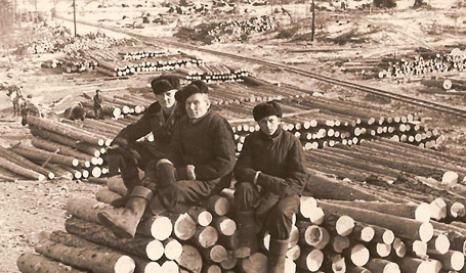
Back
Description:
- Title: The forest – forced labour and calming presence
- Author(s): Inconnu
- Date: Inconnue
- Collection:
- Source: Sound Archives - European Memories of the Gulag
- Collection conditions: Forestry workers – Rimgaudas Ruzgys’s brother (right) and his fellow workers (Photograph, Anonymous, 1954). Source: Rimgaudas Ruzgys's Personal archive.
- Licence: Media subject to copyright.
- Localisation: Inconnue
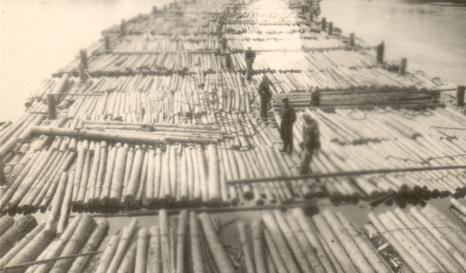
Back
Description:
- Title: The forest – forced labour and calming presence
- Author(s): Inconnu
- Date: Inconnue
- Collection:
- Source: Sound Archives - European Memories of the Gulag
- Collection conditions: Floating lumber down the River Yenisei in Igarka. Krivliak, Yeniseisk district, Krasnoyarsk region (Photograph, Anonymous, 1953). Source: Museum of Occupations and Freedom Fights.
- Licence: Media subject to copyright.
- Localisation: Inconnue
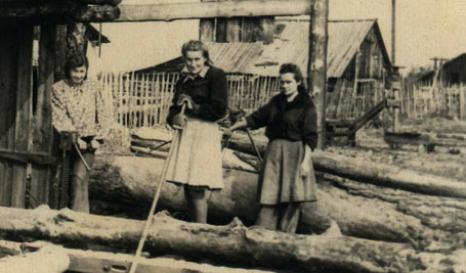
Back
Description:
- Title: The forest – forced labour and calming presence
- Author(s): Inconnu
- Date: Inconnue
- Collection:
- Source: Sound Archives - European Memories of the Gulag
- Collection conditions: Eela Lõhmus (right) in Magadan (Photograph, Anonymous, 1956). Source: Eela Lõhmus's Personal archive.
- Licence: Media subject to copyright.
- Localisation: Inconnue
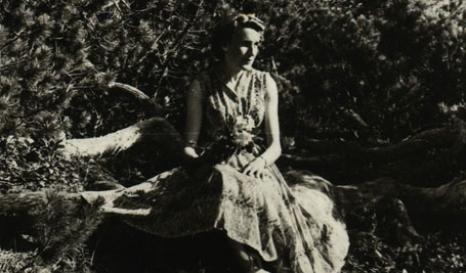
Back
Description:
- Title: The forest – forced labour and calming presence
- Author(s): Inconnu
- Date: Inconnue
- Collection:
- Source: Sound Archives - European Memories of the Gulag
- Collection conditions: Eela Lõhmus sitting on a dwarf pine after her liberation, Magadan region (Photograph, Anonymous, 1963). Source: Eela Lõhmus's Personal archive.
- Licence: Media subject to copyright.
- Localisation: Inconnue
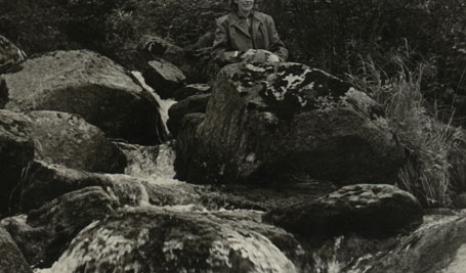
Back
Description:
- Title: The forest – forced labour and calming presence
- Author(s): Inconnu
- Date: Inconnue
- Collection:
- Source: Sound Archives - European Memories of the Gulag
- Collection conditions: Eela Lõhmus after her liberation, Magadan region (Photograph, Anonymous, 1960). Source: Eela Lõhmus's Personal archive.
- Licence: Media subject to copyright.
- Localisation: Inconnue
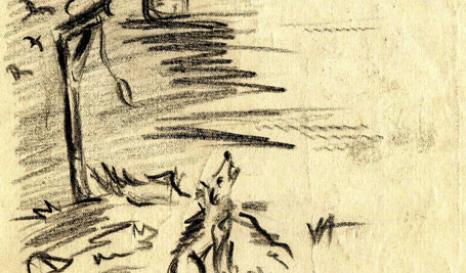
Back
Description:
- Title: The forest – forced labour and calming presence
- Author(s): Inconnu
- Date: Inconnue
- Collection:
- Source: Sound Archives - European Memories of the Gulag
- Collection conditions: Yuzhno-Podolsk, Omsk region (Drawing, Valli Arrak, circa 1949). Source: Valli Arrak's Personal archive.
- Licence: Media subject to copyright.
- Localisation: Inconnue
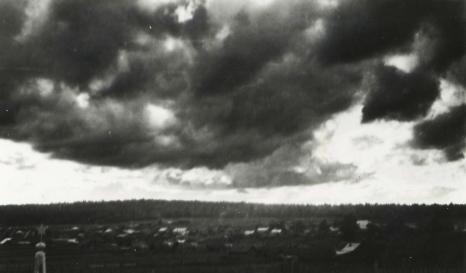
Back
Description:
- Title: The forest – forced labour and calming presence
- Author(s): Inconnu
- Date: Inconnue
- Collection:
- Source: Sound Archives - European Memories of the Gulag
- Collection conditions: The Siberian landscape, captured by Silva Linarte (Photograph, Silva Linarte, 1950-1956). Source: Silva Linarte's Personal archive.
- Licence: Media subject to copyright.
- Localisation: Inconnue
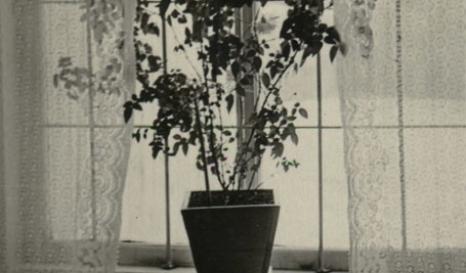
Back
Description:
- Title: The forest – forced labour and calming presence
- Author(s): Inconnu
- Date: Inconnue
- Collection:
- Source: Sound Archives - European Memories of the Gulag
- Collection conditions: Window of the hut where Eela Lõhmus lived after her release, Magadan (Photograph, Anonymous, 1957). Source: Eela Lõhmus's Personal archive.
- Licence: Media subject to copyright.
- Localisation: Inconnue
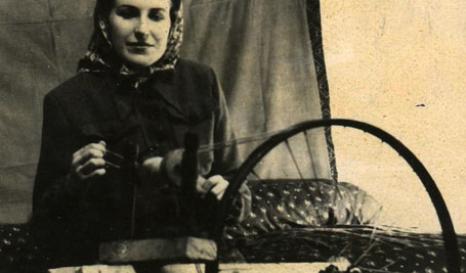
Back
Description:
- Title: The forest – forced labour and calming presence
- Author(s): Inconnu
- Date: Inconnue
- Collection:
- Source: Sound Archives - European Memories of the Gulag
- Collection conditions: Eela Lõhmus using a spinning wheel made by her husband (Photograph, Anonymous, 1957). Source: Eela Lõhmus's Personal archive.
- Licence: Media subject to copyright.
- Localisation: Inconnue

